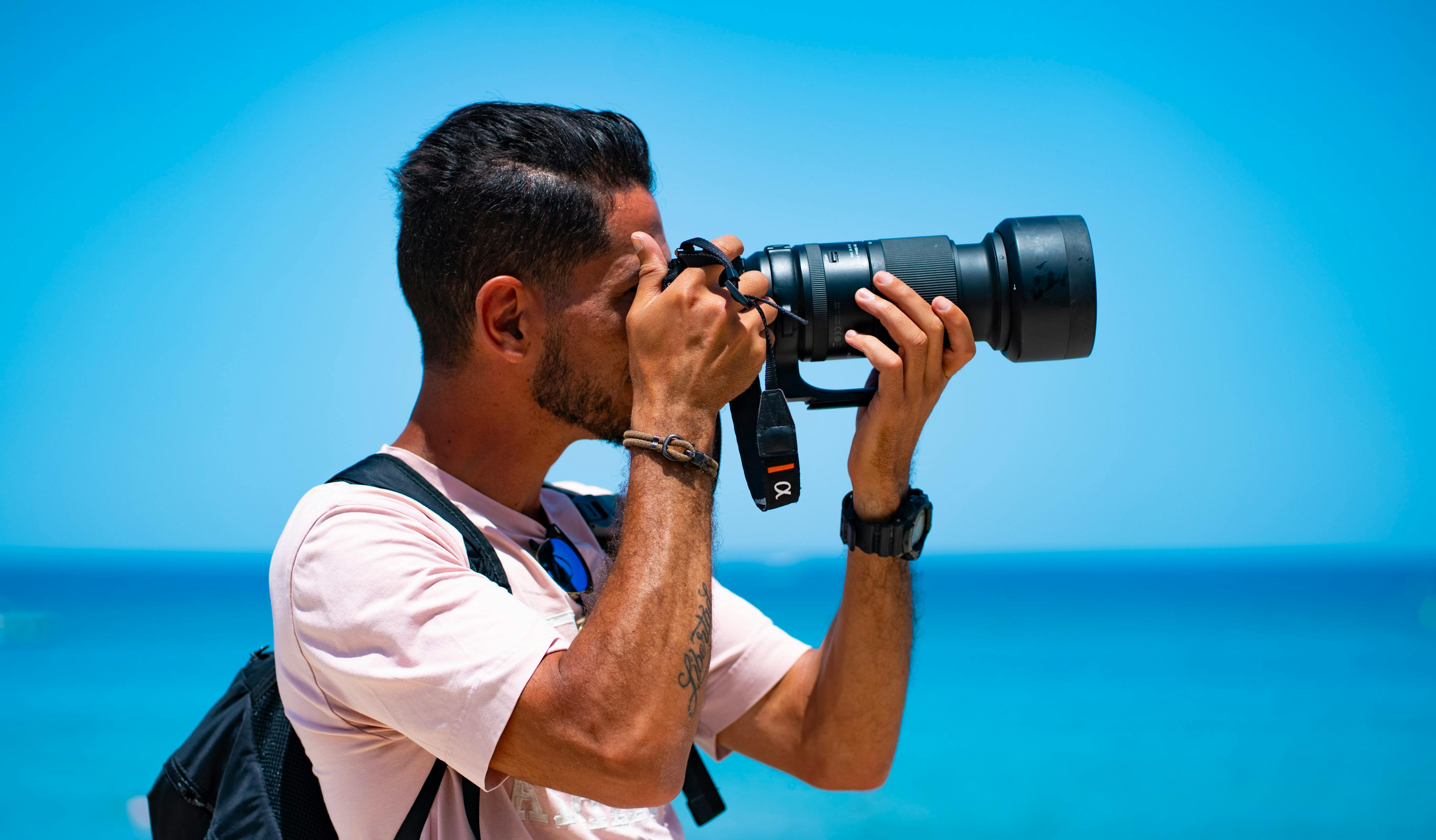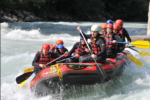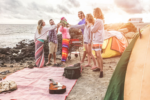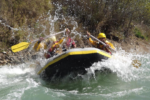
How to Choose the Right Gear for Travel Photography
Planning a trip and want to bring back more than just phone pics? Whether it’s a weekend road trip or a bucket-list destination, snapping great travel photos takes more than luck. It also takes the right tools. But don’t worry—you don’t need to pack your whole kit. You just need gear that fits your style and helps you shoot with ease.
This guide walks you through the essentials. We’ll keep it simple, light, and focused on what actually helps when you’re out exploring new places.
1. Start with the Right Camera and Lens Setup
Most travel photographers now lean toward mirrorless cameras. They’re lighter and smaller than DSLRs, and most modern models still offer amazing image quality. You don’t want something that takes up too much space or draws too much attention in a crowd.
For lenses, go with versatility. A zoom lens like 24–70mm or 18–135mm covers wide landscapes, portraits, and casual street shots. If you want something faster for low-light situations, pack a small prime lens like a 35mm or 50mm. Two lenses are usually enough—anything more starts to feel like work.
Look for cameras with good battery life and solid autofocus. And if you’re shooting in rough conditions, a weather-sealed body can be a lifesaver.
2. Pack Smart with Extra Batteries and Storage
Travel days can be long. The last thing you want is to run out of power just as golden hour hits. Carry at least two spare batteries—and make sure they’re fully charged before heading out. A dual-battery charger is helpful if you’re charging overnight in hotels.
Let’s talk about storage. Bring a couple of memory cards, especially if you’re shooting RAW files or video. You’ll want cards that are not just spacious but also fast. That’s why understanding SD card speed classes really helps. Speed classes like V30, V60, or V90 tell you the minimum write speed a card can handle. If you’re recording high-quality video or shooting bursts of photos, faster cards prevent your camera from lagging or freezing mid-shot.
In addition to cards, many photographers carry a small SSD or hard drive for backups. You never know when your card might get lost or corrupted, so having an extra copy of your files gives you peace of mind. Some drives even let you offload images directly without a laptop.
2. Keep It Steady with a Travel Tripod
A tripod might not seem necessary until you’re trying to shoot a glowing cityscape at night, or you want to be in the frame yourself. A full-size tripod is too bulky for most travel, but compact ones are a great alternative for portability and quick setups.
Look for a travel tripod that’s light, folds down small, and has a quick release system. Even better if it fits inside or attaches to your backpack. Some photographers use tabletop tripods or mini-pods for portability. These won’t handle windy conditions, but they work fine for quick setups and stable shots when you don’t want to balance your camera on a ledge or rock.
If you’re shooting long exposures or time-lapses, having something steady really helps avoid shaky results.
4. Choose the Right Camera Bag
A camera bag might not seem exciting, but it makes a big difference. Choose something that’s comfortable, protective, and easy to carry around all day. A compact backpack, crossbody sling, or even a padded insert inside your regular daypack can do the trick just fine.
Make sure it has padded dividers, weather-resistant material, and enough room for your main gear plus accessories. Some bags come with hidden zippers and anti-theft designs, which are great for crowded areas, subways, or public spaces.
The goal is to carry only what you need while keeping it safe and accessible. If your bag feels too heavy before you even leave your room, something needs to come out. Don’t underestimate how much weight can affect your ability to shoot comfortably all day.
5. Don’t Skip Cleaning and Protective Gear
Travel takes a toll on gear. You’ll probably run into dust, moisture, or greasy fingerprints. A basic cleaning kit goes a long way—a blower, a lens cloth, and some wipes will do just fine. Don’t forget to clean your lens and viewfinder before shooting. A quick swipe can make a big difference in sharpness.
Consider adding a clear filter to protect your lens from scratches, salt, or sand. ND filters can also help if you’re shooting waterfalls, bright daylight, or want to blur motion creatively.
Weather can be unpredictable, so keep a small rain cover or zip bag handy. It doesn’t take much space and protects your camera if you get caught in a sudden downpour. Some photographers even carry a microfiber towel in case of unexpected rain or splashes.
6. Try Everything Before You Travel
Don’t wait until your trip to test your gear. Use it at home. Go for a walk around your neighborhood and see how everything fits, works, and feels. Practice switching lenses quickly. Try setting up your tripod fast. Learn how to change your memory card without fumbling.
This helps you catch any issues before you’re far from home. It also makes you more confident. When you’re comfortable with your setup, you can spend more time enjoying your trip and less time messing with buttons or searching for gear.
If you’re flying, double-check what can go in your carry-on and what needs to be packed safely. Not all batteries and gear are airline-approved, so it’s worth checking airline guidelines before heading to the airport.
You don’t need to carry a studio with you to take amazing travel photos. All you need is gear that works for the kind of photography you enjoy. Stick to tools that are light, reliable, and make your life easier—not harder.
A good setup lets you move freely, stay organized, and shoot more without the stress. Focus on the essentials: a solid camera, one or two lenses, good storage, extra power, and a bag that fits your day. Once you find what works, the rest is just about having fun and noticing the details around you.
And remember—gear helps, but your eye and curiosity matter more. Happy shooting.
Popular Categories





